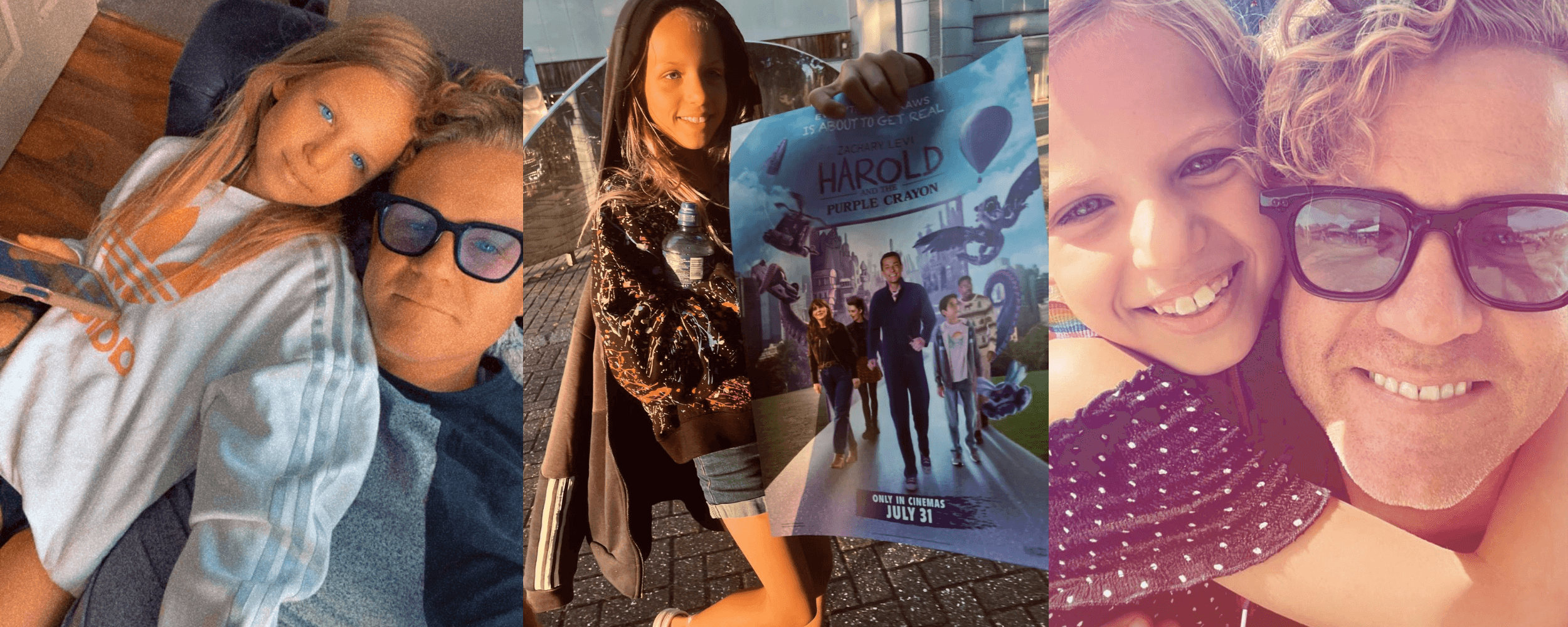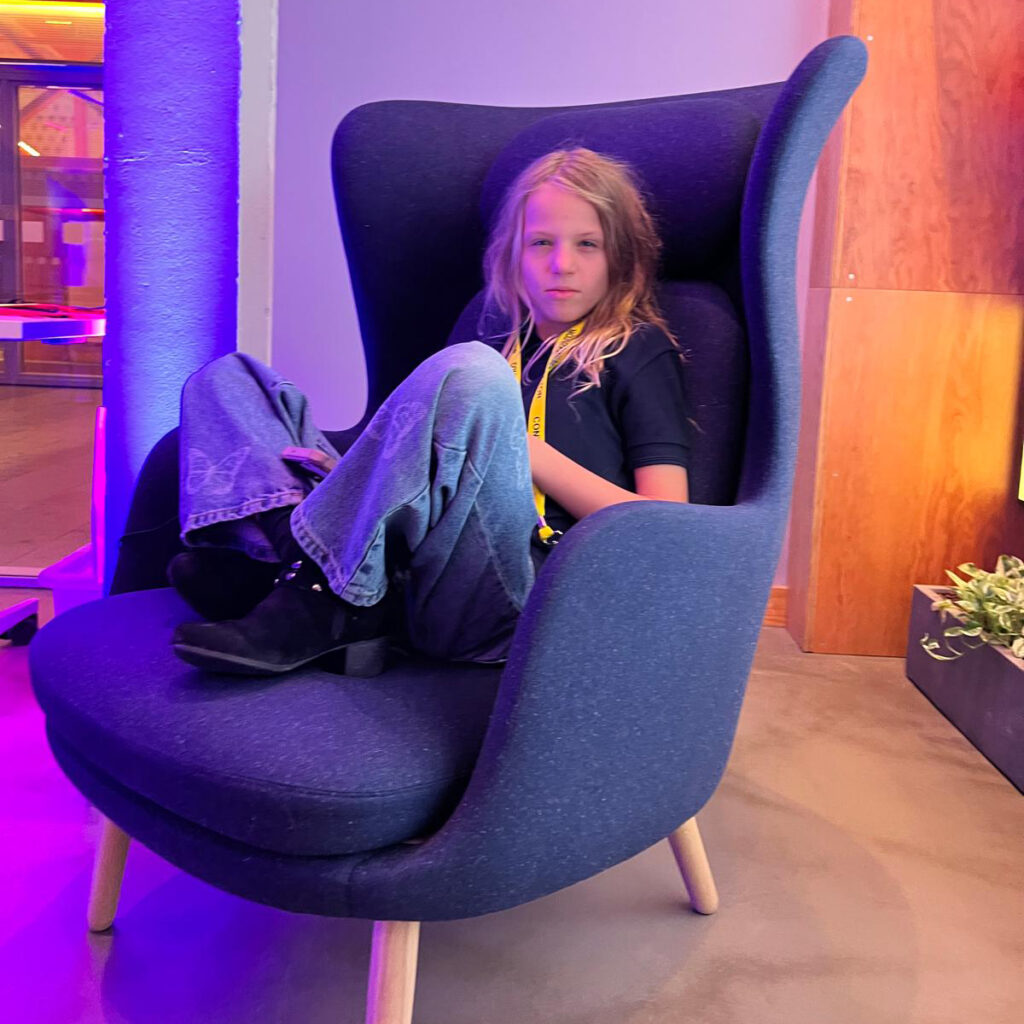Jasey Graham a movie screenwriter


Dialogue That Dazzles: How to Write Conversations That Stick

Dialogue is one of the most powerful tools in a screenwriter’s toolkit. It’s through dialogue that characters reveal their personalities, relationships, and motivations. Great dialogue doesn’t just convey information; it draws the audience into the world of the story, making it more engaging and emotionally resonant. Whether it’s a witty exchange, a tense confrontation, or a heartfelt confession, well-crafted dialogue can elevate a screenplay from good to unforgettable.
In this guide, we’ll explore the art of writing conversations that captivate, resonate, and stick with the audience long after the film ends.
1. The Purpose of Dialogue in Film
Before diving into the mechanics of writing dialogue, it’s essential to understand its role in a screenplay:
- Characterization: Dialogue helps define who the characters are. It reveals their background, values, insecurities, and desires through what they say and how they say it.
- Conflict: Every conversation has a subtext—what’s left unsaid or what the characters are really after. Dialogue creates and escalates tension, whether it’s in the form of a heated argument, a subtle manipulation, or a shifting power dynamic.
- Advancing the Plot: Dialogue should never be a mere filler. Each conversation should move the plot forward, reveal something new, or deepen the conflict.
Example: In The Social Network, the opening dialogue between Mark Zuckerberg and Erica Albright serves not only to introduce Mark’s character but also to set up the emotional foundation of the story, foreshadowing his isolation and drive.
2. Show, Don’t Tell (Through Dialogue)
One of the cardinal rules of writing is “show, don’t tell.” This is especially important in dialogue. Instead of having characters explicitly state their emotions or desires, show these things through what they say and how they interact.
- Subtext: Subtext is the unsaid layer beneath the spoken words. It’s what the characters mean but aren’t directly saying. For example, a character might say, “I’m fine,” but their body language, tone, and the context suggest otherwise.
- Action Through Words: Characters can reveal much about their inner world without directly stating their intentions. The way they speak to each other, the words they choose, and even their silences can carry weight.
Example: In Casablanca, Rick’s dialogue with Ilsa is full of subtext. They never explicitly declare their love for each other, but the weight of their words and silences speaks volumes about their past and present emotions.
Actionable Tip: Avoid having characters directly state their feelings, especially in emotional scenes. Instead, let their words and actions hint at what they’re truly feeling.
3. The Power of Brevity: Making Every Word Count
Great dialogue is often concise. Every word should serve a purpose—whether it’s to reveal character, advance the plot, or build tension. Brevity can make dialogue sharper and more impactful.
- Economy of Language: Eliminate unnecessary words or exposition. Long, meandering conversations can bore the audience or dilute the impact of the scene.
- Pacing: Dialogue should be quick and snappy in moments of tension or excitement. In quieter, more intimate moments, it can slow down, but it should still feel purposeful.
Example: In The Godfather, the dialogue is sparse, but every word feels heavy with meaning. A line like, “I’m going to make him an offer he can’t refuse,” is simple yet ominous, carrying far more weight than a lengthy speech would.
Actionable Tip: Trim your dialogue. After writing a scene, read through it and see if you can remove any words, phrases, or sentences that don’t add to the overall impact.
4. Distinct Voices: Giving Each Character Their Own Language
One of the hallmarks of great dialogue is distinct character voices. Each character should sound unique, based on their background, personality, and worldview.
- Speech Patterns: Pay attention to sentence structure, vocabulary, tone, and rhythm. A character who is intellectual might use formal language, while a more street-savvy character may use slang or casual speech.
- Consistency: Make sure a character’s voice is consistent throughout the screenplay, so the audience can easily identify who’s speaking even without the character’s name attached to the line.
Example: In Pulp Fiction, each character has a distinct way of speaking that reflects their personality. Jules’ philosophical musings contrast sharply with Vincent’s more laid-back, almost clueless manner. This helps the audience instantly recognize each character.
Actionable Tip: Read your dialogue out loud. If it feels too similar across characters, tweak it to ensure each character’s voice is distinct and true to their personality.
5. Conflict and Tension: Keeping Conversations Engaging
Conflict is at the heart of great dialogue. Even in casual conversations, there should be some form of tension—whether it’s a clash of egos, unspoken desires, or opposing goals. This conflict doesn’t always have to be overt, but there should be something at stake in every exchange.
- Verbal Sparring: In many films, characters engage in witty banter, testing each other’s boundaries and throwing jabs. This dynamic can create both humor and tension.
- Silence as Conflict: Sometimes, what’s not said is just as important as what’s spoken. A pause, a hesitation, or a look can say everything about a character’s emotions and intentions.
Example: In 12 Angry Men, the dialogue is a constant battle between the jurors. Each conversation reveals more about the character’s prejudices, assumptions, and motives. The tension is palpable in every exchange.
Actionable Tip: Think about what your characters want in each scene and how they can subtly (or overtly) clash with each other in pursuit of their goals.
6. Humor and Subtext: The Magic of Wit
Humor can be an incredibly powerful tool in dialogue, but it’s more than just a way to get laughs—it can deepen characters, lighten heavy scenes, and create subtext.
- Wit and Timing: Comedy in dialogue is often about timing, delivery, and surprise. The way a character delivers a line can turn a simple sentence into something memorable.
- Layered Humor: Layering humor with subtext can make the dialogue even more engaging. For example, a character might make a witty remark that masks a deeper insecurity or fear.
Example: In The Big Lebowski, the dialogue is full of absurd humor, but beneath the surface, the characters are dealing with issues of identity, control, and existential crisis. This creates a deeper level of meaning beyond the laughs.
Actionable Tip: Infuse humor into your dialogue, but make sure it serves a dual purpose: revealing something about the character or advancing the story.
7. Dialogue and Subtext: What’s Left Unsaid
Subtext is the art of implying meaning without directly stating it. In great dialogue, much of the conversation is about what’s left unsaid.
- Layered Meaning: Characters often speak in ways that suggest something more than what is being said on the surface. They might avoid a direct answer, sidestep a question, or speak in metaphor.
- Implied Motivation: Rather than having a character explicitly state their desires, have them hint at their motivations or leave room for the audience to read between the lines.
Example: In The Godfather, when Michael tells his family that he doesn’t want to be involved in the family business, the subtext suggests a much deeper conflict and sets the stage for his eventual involvement.
Actionable Tip: Think about what your characters are not saying. Let their actions and the unspoken elements of the conversation reveal deeper layers of meaning.
8. Dialogue Editing: Refining for Impact
Once you’ve written a scene, it’s time to refine your dialogue. Great dialogue often comes from revision.
- Cut Unnecessary Words: Remove any words that don’t add value.
- Pacing: Adjust the pacing of the dialogue to match the scene’s emotional tone. Speed up the rhythm in moments of tension, and slow it down in emotional exchanges.
- Polish for Clarity: Ensure each line is clear and impactful, without feeling too forced or unnatural.
Actionable Tip: Read your dialogue aloud to check its flow. If it doesn’t feel natural, revise it until it feels true to the character and the moment.
9. Conclusion: Mastering Dialogue That Sticks
Writing dialogue that dazzles requires practice, patience, and a keen understanding of your characters. By mastering the subtleties of subtext, conflict, humor, and voice, you can write conversations that not only advance the plot but also resonate deeply with the audience.
Call to Action:
What’s your favorite piece of dialogue in a film, and why does it stand out to you? Share your thoughts in the comments below and let’s dive deeper into the art of writing unforgettable conversations!
